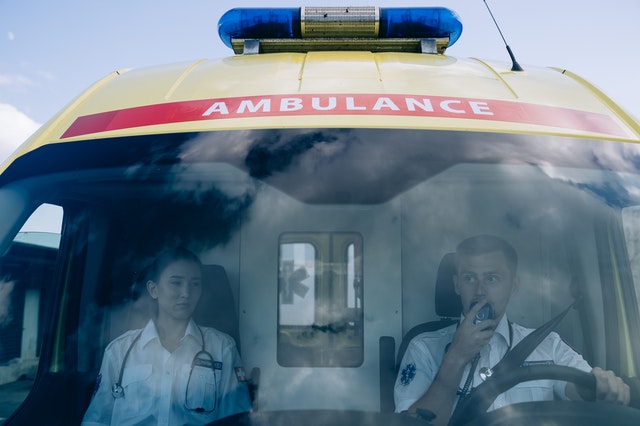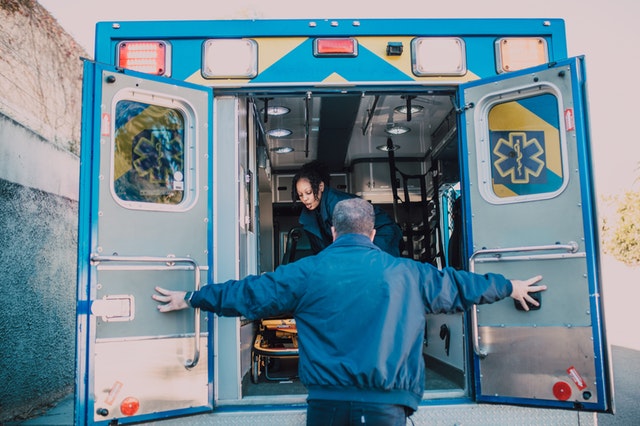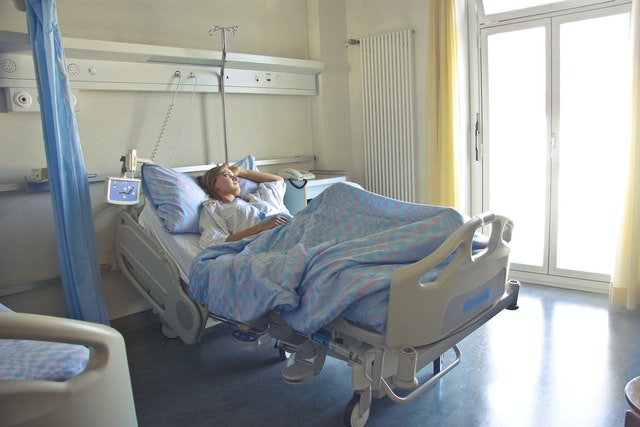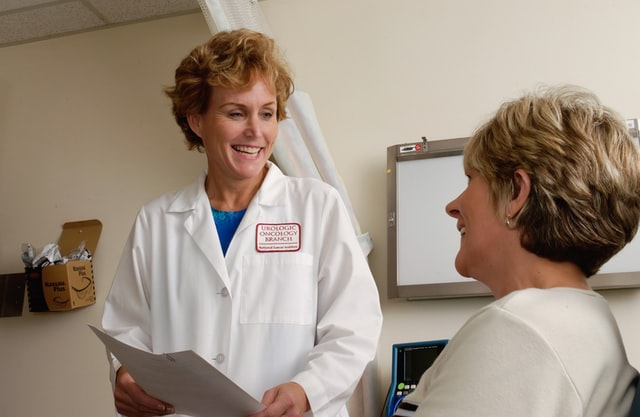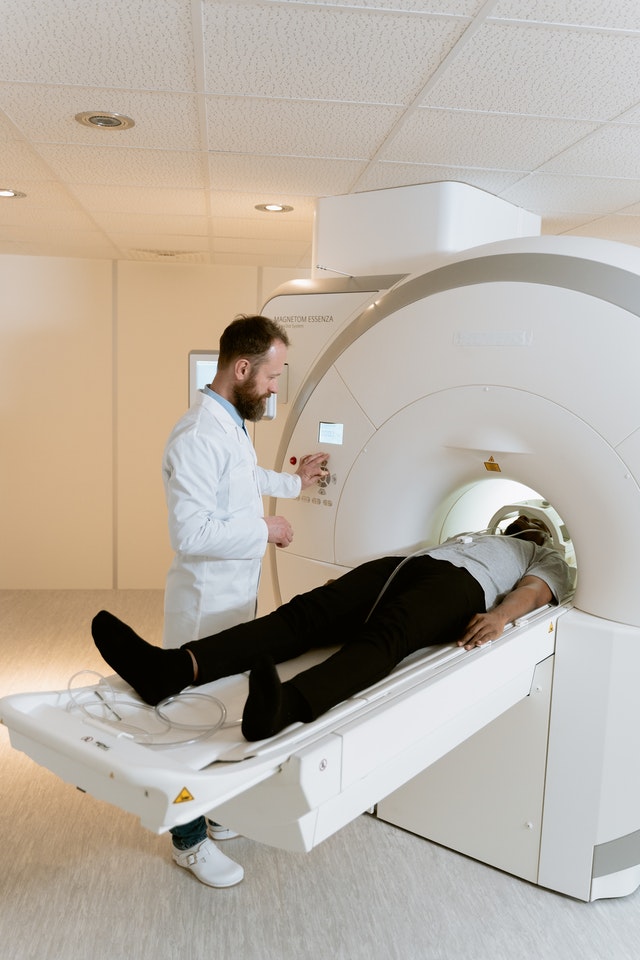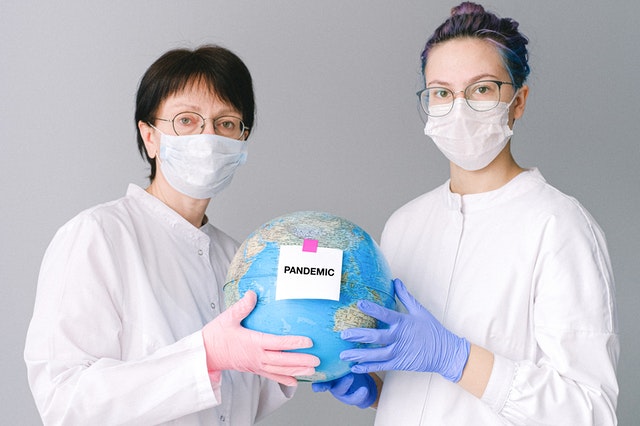When an emergency happens, riding in an ambulance may be necessary. Life may be at stake, and the ambulance must get the patient to the hospital as quickly as possible to receive care. Many people understand the ambulance ride is a transitional time, and the medical care begins once the patient arrives at the hospital. That is why they have to hurry. Cars on the road stop or slow down, understanding the urgency.
In recent years, this has changed. Although typically, an ambulance transports a patient, that is not the only thing it does. Some treatments can be performed while riding inside the ambulance on the way to the hospital.
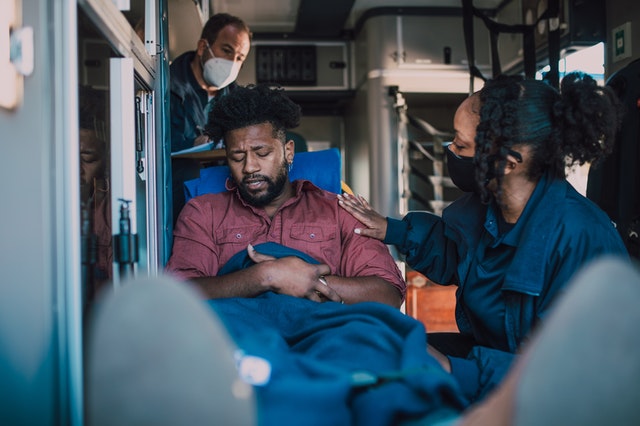
First, CT scanners onboard ambulances have been assessing patients for stroke for many years. An ambulatory stroke center allows treatment to begin before the patient arrives at the hospital, saving precious time. In addition, consultation with a doctor through telemedicine while in an ambulance also aids in treatment. The care offered in these mobile units saves time which has been shown to prevent further damage to the brain.
Second, the practice of diagnostic imaging performed by non-radiologists on an ambulance has grown. In addition to stroke evaluation, ultrasonography of the airways, breathing, circulation, disability, and environment/exposure (ABCDE) has advanced. New ultrasound devices and other diagnostic imaging technology have allowed healthcare professionals to discern needed medical services during ambulatory and aeromedical transport. The information gained through this diagnostic approach supports the care team’s decisions regarding the best treatment and destination.
Third, patient safety awareness has improved. Now the ambulance transport experience can be less stressful. Specific steps keep the patient, family, and staff working together for a successful transition to a care facility. This collaboration entails screening the patient and conferring with the family to identify high-risk priorities and symptoms for the plan of care. Asking the patient their preferences, values, and goals can allow a sense of ownership to the patient fostering their sense of involvement with their transport. Hospital staff discussing paperwork with the family caregivers and patient promotes communication, continuity, and a sense of trust. Educating the family and patient about how the transport will be coordinated helps maintain relationships with all involved and provides a secure and seamless ambulatory experience.
Over the past decade, the information management and care coordination associated with ambulance transport has increased. Due to diagnostic imaging and a shifting focus on ambulance capability, a pre-hospital point of care culture has evolved. This focus has aided prompt and appropriate medical care and improved patient quality of life.
Radiology and Diagnostic Imaging
If you are concerned that your ambulance unit cannot support the amount of time it takes to review screening results, that’s where Vesta comes in. With over 15 years of experience, Vesta provides telemedicine and teleradiology services to fill in those gaps for your healthcare facility and ambulatory units. With 24 x 7, 365 year round service, Vesta Teleradiology employs US Board Certified radiologists to receive and expertly interpret ambulance diagnostic imaging.
